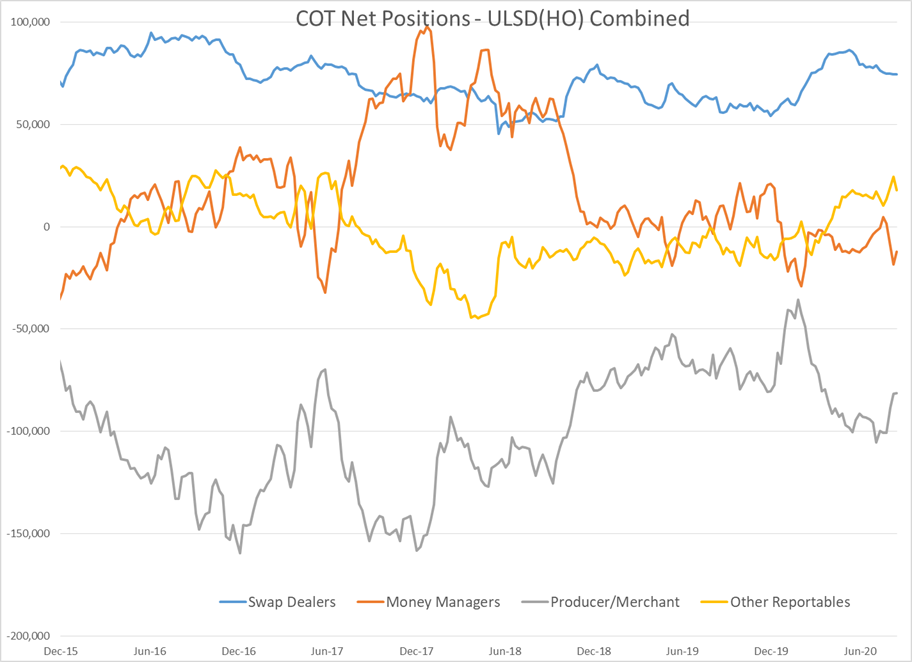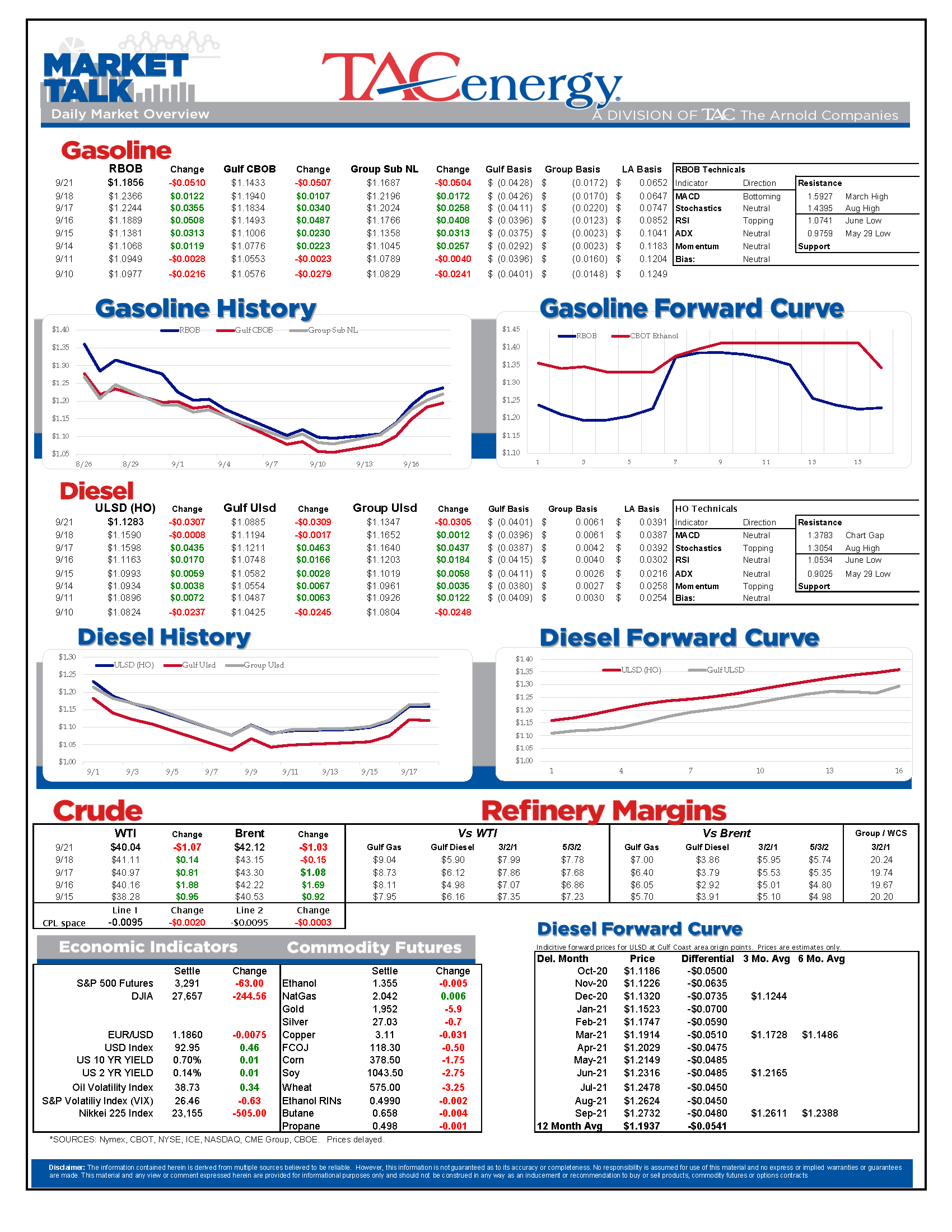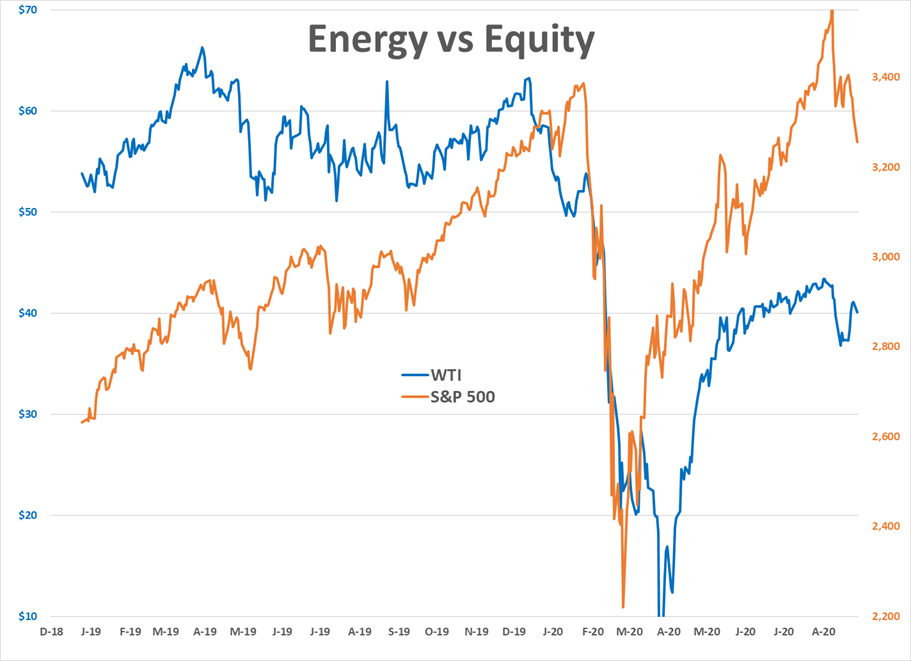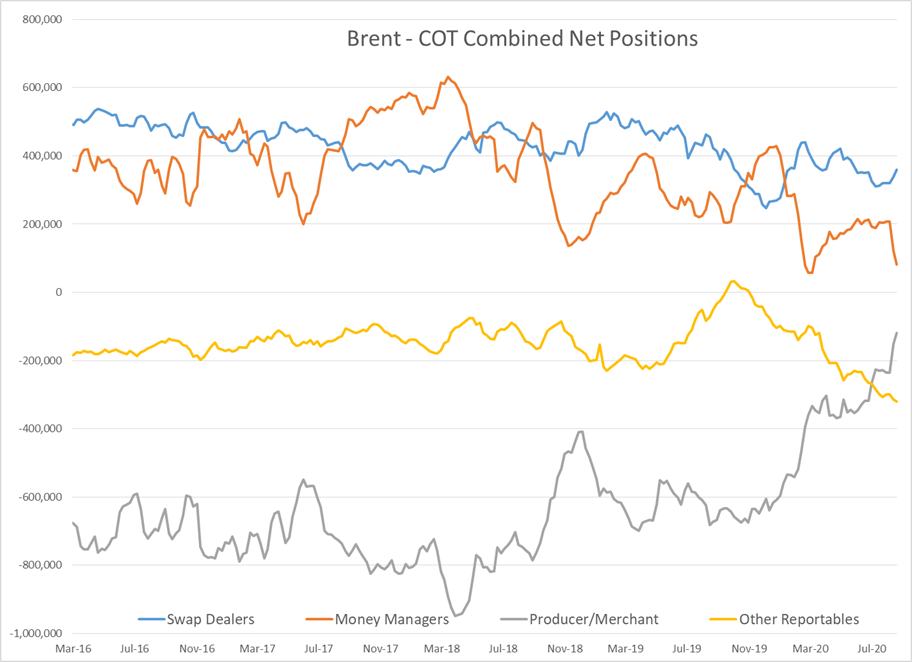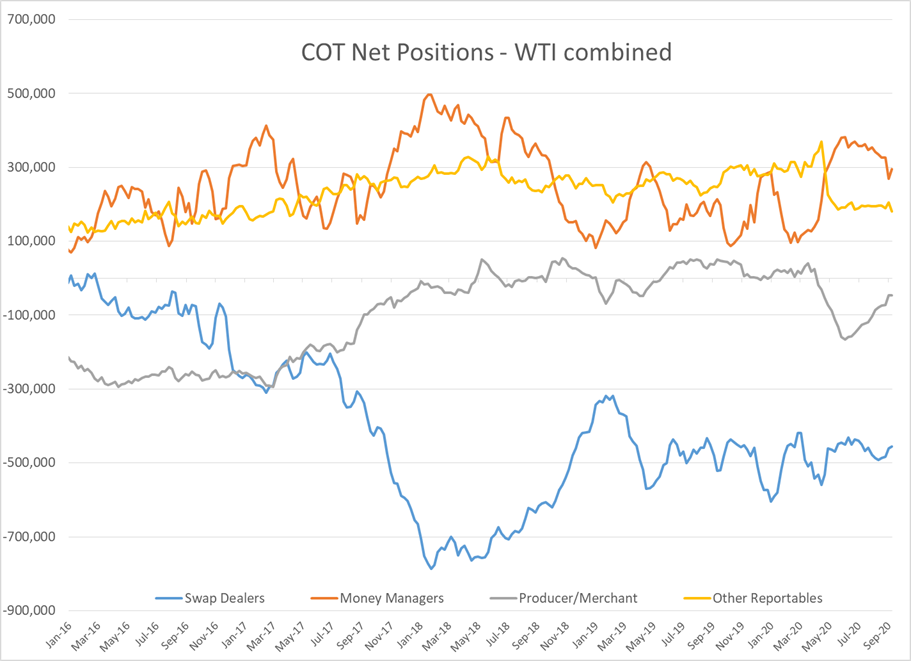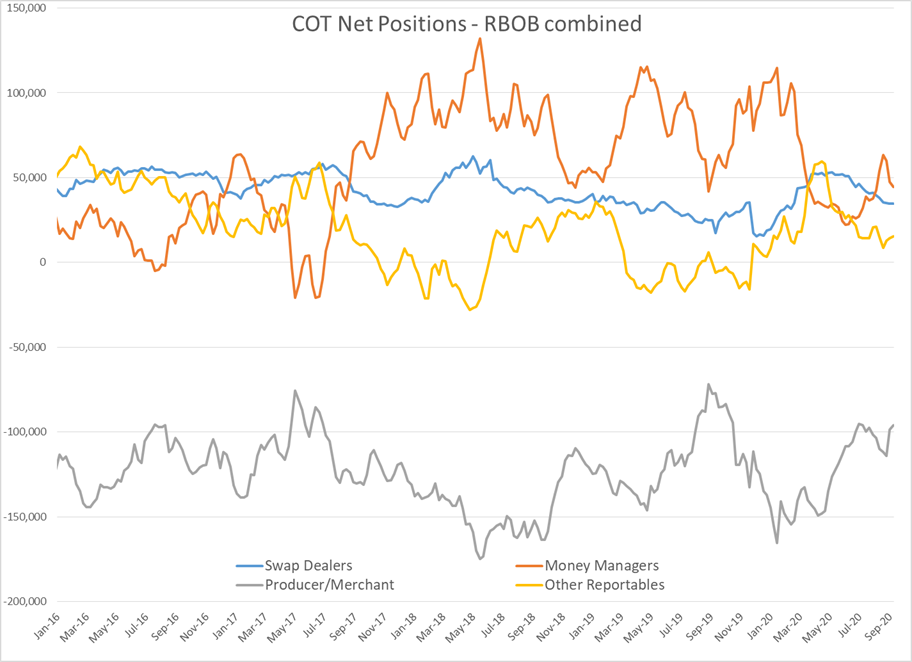New Restrictions Due To Rising COVID Counts

The fear trade is back on, pushing energy and equity markets sharply lower to start the week. New restrictions due to rising COVID counts are the headline of the day, spreading concerns that demand for fuels and other goods could plummet once again this fall.
RBOB gasoline futures are leading the energy complex, trading down by more than a nickel in the early going after a strong rally last week, as the heart of U.S. refining dodged another storm threat, and signs are growing that the seasonal demand slowdown is upon us.
We ran out of names for the 2020 hurricane season, and had to move to the Greek alphabet for just the second time ever as three new storms were named Friday. Tropical Storm Beta is expected to make landfall in Texas near Matagorda bay overnight, which keeps it far enough away from the Corpus Christi and Houston refining hubs that it should not be a major supply disrupter over the next day or two. The problem is that it’s expected to stick around for most of the week, and dump huge amounts of rain – more than a foot in some areas – that will cause flooding, some of which will be in areas still recovering from Hurricane Laura. The storm is also close enough to shore that it could move back out to sea where it can continue to gather strength and add to the rainfall totals.
Meanwhile, Hurricane Teddy is making its way towards the Eastern coast of Canada, but looks like it’s staying far enough to the east that it should miss the Irving refinery in St. John. There is another system near Florida being tracked by the NHC, but it’s given just 20% odds of developing this week.
Remember when we were worried that IMO 2020 specs would mean a shortage of diesel this year? A Bloomberg article notes that Refiners are having to blend kerosene into VLSFO bound for ships because weak demand for jet fuel has them scrambling to keep tanks from reaching capacity. This unusual blending pattern for distillates is expected to continue in the coming year, and keep pressure on ULSD prices as inventories hold near record highs.
Money managers continue to have mixed feelings about energy contracts, making small increases to net length in WTI, while slashing Brent positions last week. RBOB and ULSD contracts saw only minimal changes on the week.
Baker Hughes reported a reduction of one oil rig last week, as drilling activity remains near record lows in the U.S.
Click here to download a PDF of today's TACenergy Market Talk.
Latest Posts
Week 17 - US DOE Inventory Recap
The Energy Complex Is Trading Modestly Lower So Far This Morning With WTI Crude Oil Futures Leading The Way
Energy Futures Are Drifting Quietly Higher This Morning
Refined Products Holding Close To Break Even While Oil Prices Are Losing Just Under 1%
Social Media
News & Views
View All
Week 17 - US DOE Inventory Recap

The Energy Complex Is Trading Modestly Lower So Far This Morning With WTI Crude Oil Futures Leading The Way
The energy complex is trading modestly lower so far this morning with WTI crude oil futures leading the way, exchanging hands $1.50 per barrel lower (-1.9%) than Tuesday’s settlement price. Gasoline and diesel futures are following suit, dropping .0390 and .0280 per gallon, respectively.
A surprise crude oil build (one that doesn’t include any changes to the SPR) as reported by the American Petroleum Institute late Tuesday is taking credit for the bearish trading seen this morning. The Institute estimated an increase in crude inventories of ~5 million barrels and drop in both refined product stocks of 1.5-2.2 million barrels for the week ending April 26. The Department of Energy’s official report is due out at it’s regular time (9:30 CDT) this morning.
The Senate Budget Committee is scheduled to hold a hearing at 9:00 AM EST this morning regarding a years-long probe into climate change messaging from big oil companies. Following a 3-year investigation, Senate and House Democrats released their final report yesterday alleging major oil companies have internally recognized the impacts of fossil fuels on the climate since as far back as the 1960s, while privately lobbying against climate legislation and publicly presenting a narrative that undermines a connection between the two. Whether this will have a tangible effect on policy or is just the latest announcement in an election-yeardeluge is yet to be seen.
Speaking of deluge, another drone attack was launched against Russian infrastructure earlier this morning, causing an explosion and subsequent fire at Rosneft’s Ryazan refinery. While likely a response to the five killed from Russian missile strikes in Odesa and Kharkiv, Kyiv has yet to officially claim responsibility for the attack that successfully struck state infrastructure just 130 miles from Moscow.
The crude oil bears are on a tear this past week, blowing past WTI’s 5 and 10 day moving averages on Monday and opening below it’s 50-day MA this morning. The $80 level is likely a key resistance level, below which the path is open for the American oil benchmark to drop to the $75 level in short order.
Click here to download a PDF of today's TACenergy Market Talk.

Energy Futures Are Drifting Quietly Higher This Morning
Energy futures are drifting quietly higher this morning as a new round of hostage negotiations between Israel and Hamas seem to show relative promise. It seems the market is focusing on the prospect of cooler heads prevailing, rather than the pervasive rocket/drone exchanges, the latest of which took place over Israel’s northern border.
A warmer-than-expected winter depressed diesel demand and, likewise, distillate refinery margins, which has dropped to its lowest level since the beginning of 2022. The ULSD forward curve has shifted into contango (carry) over the past month as traders seek to store their diesel inventories and hope for a pickup in demand, domestic or otherwise.
The DOE announced it had continued rebuilding it’s Strategic Petroleum Reserve this month, noting the addition of 2.3 million barrels of crude so far in April. Depending on what the private sector reported for last week, Wednesday’s DOE report may put current national crude oil inventories (include those of the SPR) above the year’s previous levels, something we haven’t seen since April of 2022, two months after Ukraine war began.
The latest in the Dangote Refinery Saga: Credit stall-out, rising oil prices, and currency exchange.
Click here to download a PDF of today's TACenergy Market Talk.
